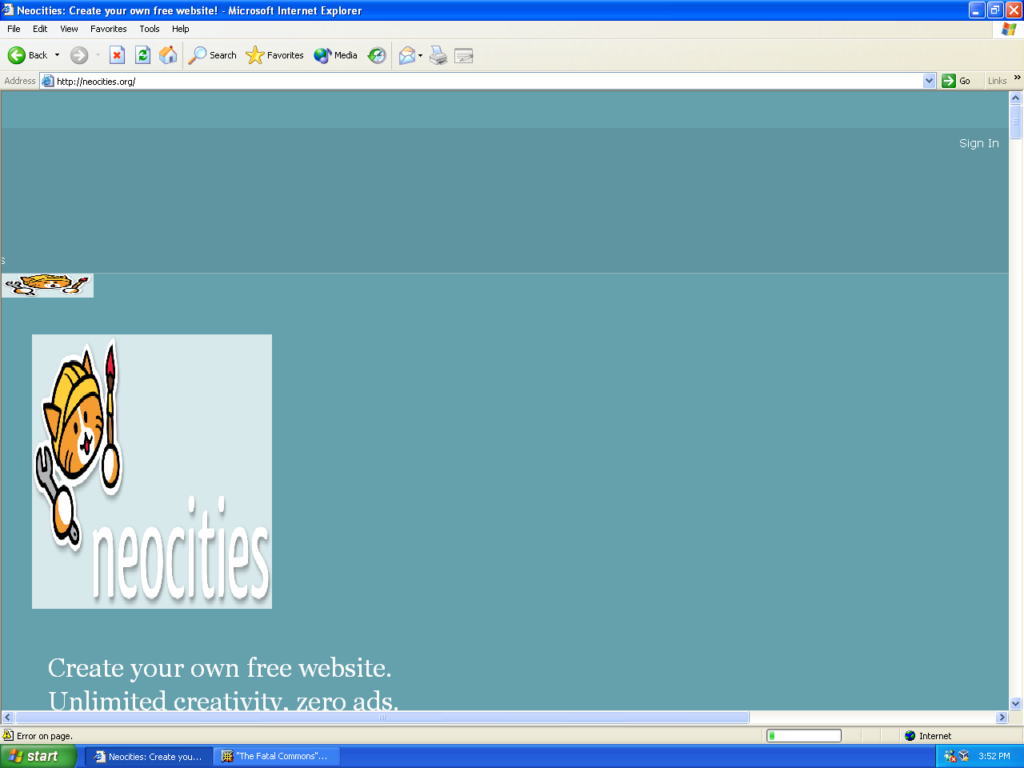Reconstruction of the Fables
- Posted by mariteaux on April 29th, 2020 filed in Songs of the Now, Sperging
- Comment now »
In 1985, after a frightening recording process involving the harsh British winters and a lot of Appalachian folk music, R.E.M. released their third full-length album Fables of the Reconstruction. Despite two of its songs having proper videos made, it’s still pretty strictly one of R.E.M.’s deep cut albums, buried as one of those IRS records between “the first one” and “the one with “The One I Love” on it”. It’s pretty good so far. Waiting for it all to click with me because I can feel a favorite in there. Happened with Reckoning, anyway.
This has nothing to do with what I’m talking about today, I just wanted an excuse to post about me listening to it and to have a name for the post. Maybe the name fits after all though: we’re gonna be talking about a fun little gadget I’ve been experimenting with to reconstruct the fables of pain and get RetroZilla and even Internet Explorer 6 (gasp! hit the deck!) back online.
(Disclaimer before we start: I’m well aware using Netscape these days is impractical. I’m doing it because it’s fun and because text-only sites have no excuse not to support insecure HTTP on the side. If you’re one of those woke computer kids who hates fun, careful you don’t shit yourself so hard you have a stroke when you read this post. I’ll also note that we’re hypocrites because somnolescent.net forces HTTPS at the moment. We’re still looking into ways to support HTTP while defaulting to HTTPS for browsers that support it, and I’m hoping the only method isn’t browser sniffing or something equally ridiculous.)
One thing I rather enjoy doing when I’m down is dicking around with old operating systems, especially Windows XP. I mean, it was my childhood OS, I’m indebted to it. One thing that severely limits its usefulness though (insofar as me not wanting to dump a load of the same damn MP3s I listen to all the time and a bunch of PopCap games on it just yet) is its inability to browse most of the modern web–not use sites effectively, get on it at all. You might wonder how that works, given that it’s an operating system and not a browser, so walk with me, I’ll explain.
You see, internet protocols are funny things that too get regular updates. You know how some URLs start with an http:// and others start with http://? That’s not an insignificant distinction: one is your bog standard “web” protocol, and the other is a super special secure version of it that’s totally incompatible. Getting further into the weeds, HTTP 1.1 is still well-supported, and HTTP 2.0 as far as I know is backwards compatible with it. HTTP is HTTP, basically. Any web host will still happily serve pages over it, and I’m sure WorldWideWeb and Cello can still look at them. In that sense, these browsers can still go online.
HTTPS is what’s known as “HTTP over SSL”, SSL being the former protocol for encrypting what’s being transmitted. This keeps not only your passwords and uploaded data safe, but it also makes sure nothing’s been tampered with in transit. SSL 3.0 became TLS 1.0 in 1999, with backwards compatibility for SSL 3.0 and older still available as a failsafe.
And right there, we have our issue. In 2011, all TLS versions dropped SSL compatibility, meaning browsers that only use SSL (so pre-IE4) can’t get online at all anymore. This would be bad enough if it was just SSL, but old versions of TLS are getting the short drop and a sudden stop too, and web servers often don’t serve pages over TLS 1.0 and 1.1, only 1.2. Thus, even older TLS-enabled browsers fail to load HTTPS pages.
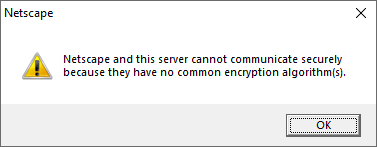
This is an issue as far as XP goes for two reasons:
- The vast majority of sites now force HTTPS for every connection, which stops older browsers dead in their tracks when they try to connect.
- Modern browsers dropped XP support for the meme a few years ago, so the only browsers that still work on it have no modern TLS support.
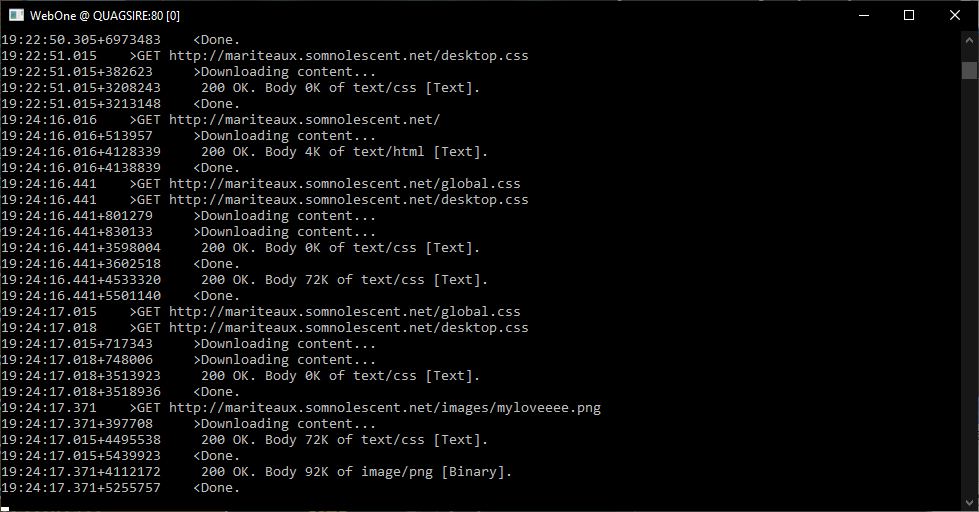
So let’s get into how I got these back online. The program’s called WebOne, which is a proxy program from a nice lad at VOGONS that uses an up-to-date HTTPS-supporting computer to grab shit off the internet and deliver pages over the network through normal HTTP. These browsers all support proxies, thankfully, so you simply set the IP of the WebOne machine as your proxy server and you’re off.
Getting this working with VirtualBox was a little funky. By default, VirtualBox VMs will try to use their own weird translated network that isn’t tied to your local one, so you’ll have to set it to use the bridged adapter with whatever device in your computer connects to the internet (in my case, my iMac’s ethernet controller). This assigns the VM a proper local IP on your home network that can then contact other devices.
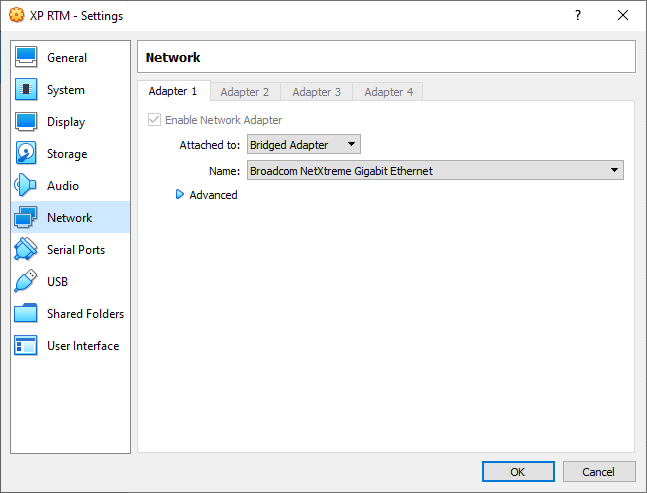
Setting up the proxy depends on your browser, but I’ll explain it for IE6 since it took me about 10,000 hours to find the relevant settings in the Internet Options: it’s in the Connections tab under LAN settings. Enter the IP of the proxy server, in my case the host machine, and that’s all you need to set in the VM itself.
I’d recommend you set the advanced settings too, because by default, both IE6 and RetroZilla will try to tunnel even FTP and Gopher traffic through WebOne, causing it to choke. Seeing as Gopher hasn’t changed a bit in 29 years, either make for a fine client that needs no proxy at all. (RetroZilla more than IE6, but IE6 more than Netscape 6, at least? Netscape 4 outdoes them all though, really.)
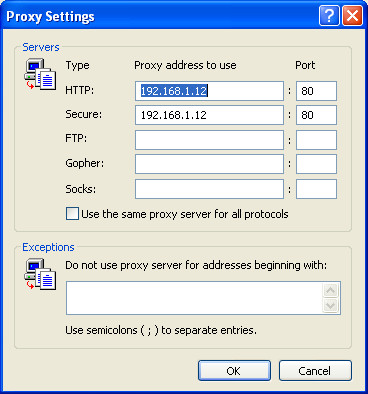
The other issue I’ve run into is one that I haven’t yet figured out how to fix without going nuclear: the firewall. Windows Defender’s firewall is sometimes too restrictive for its own good, and even when WebOne was allowed to pass through it, requests from the VM still weren’t resolving. Disabling the firewall takes care of the issue, but also disables the firewall. Still gotta play around with that more, methinks.
This thing has been a lot of fun to play with, all in all. Lately, aside from looking for old sites to click around in and of course trying out all my friends sites, I’ve been using Wiby‘s /surprise/ link to hit just the most random old sites I can find, and naturally, they all work just fine on such period-appropriate browsers.
And if you’re into the rough stuff, Wiby’s also got you covered.

Also, because I just had to try it:
